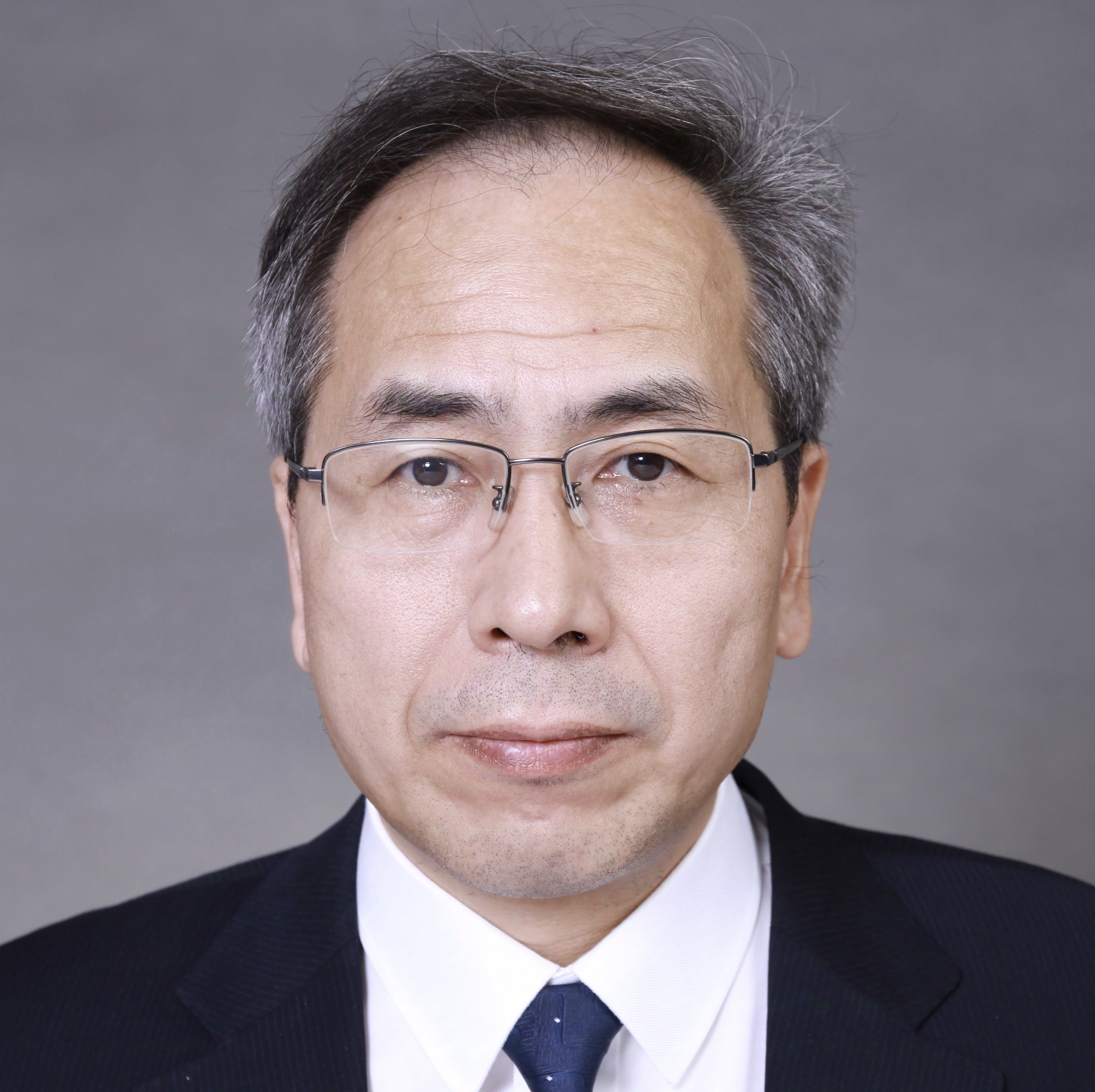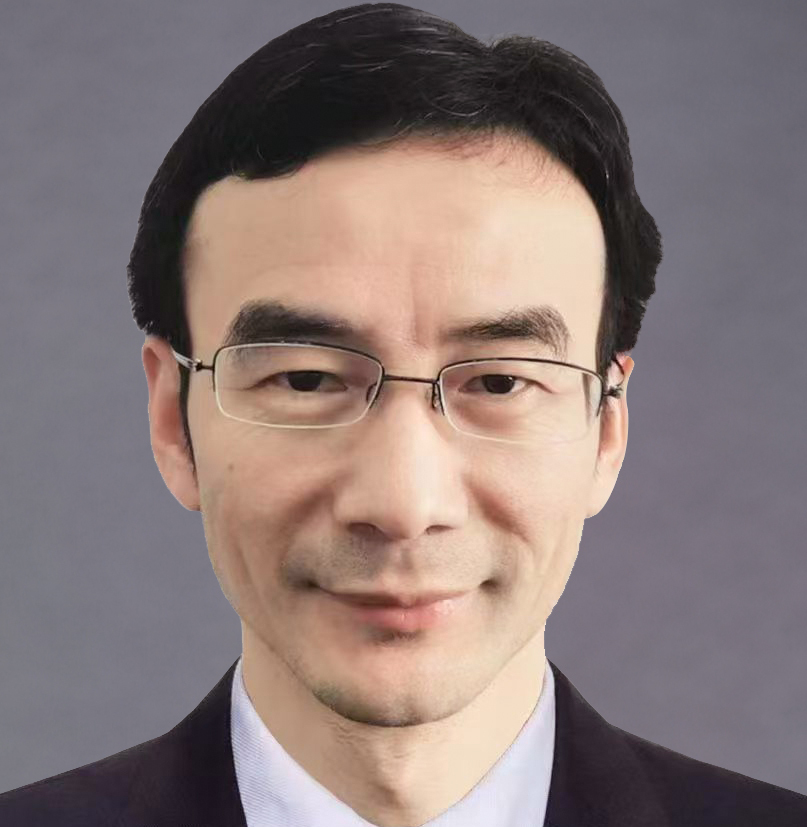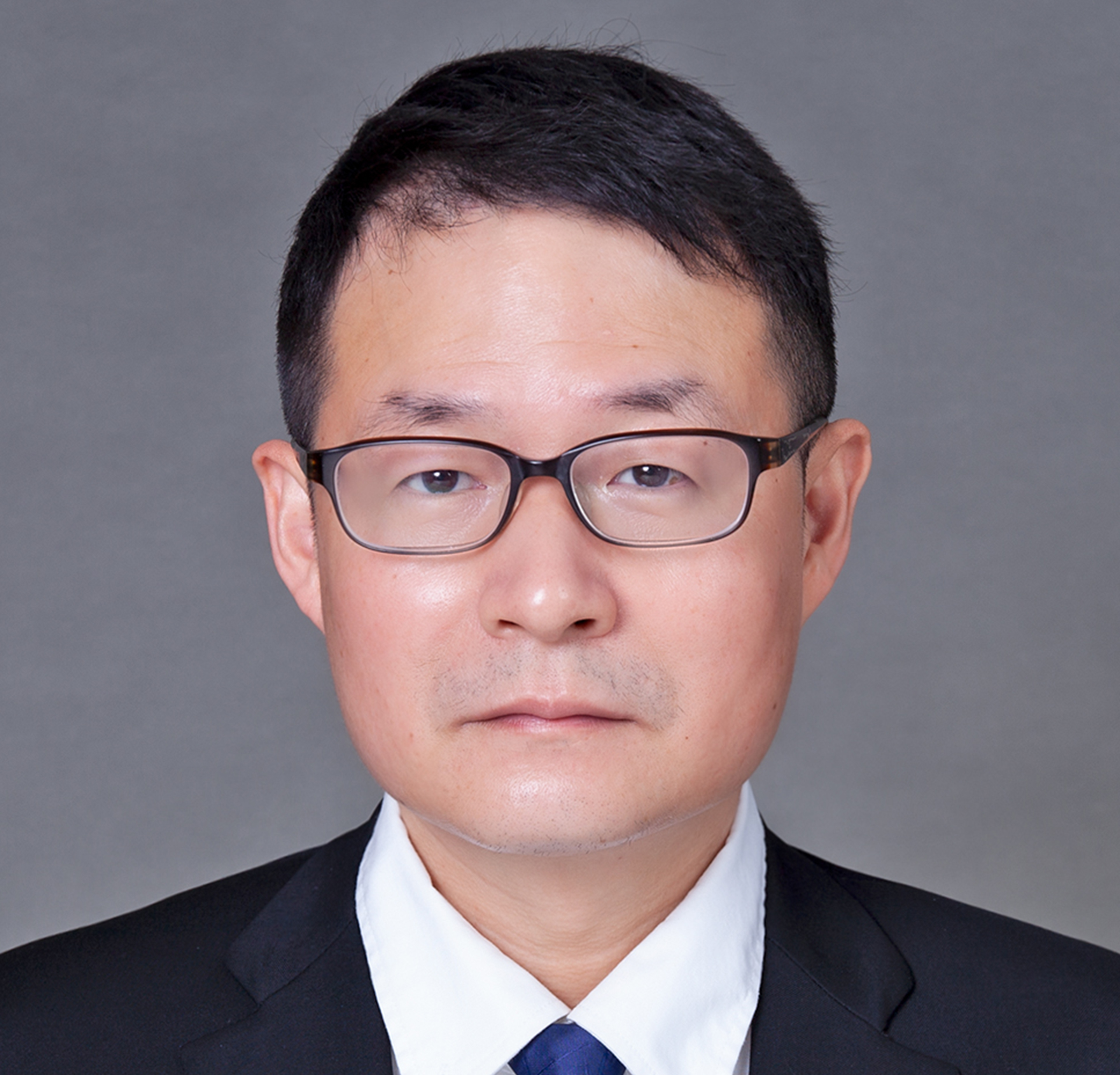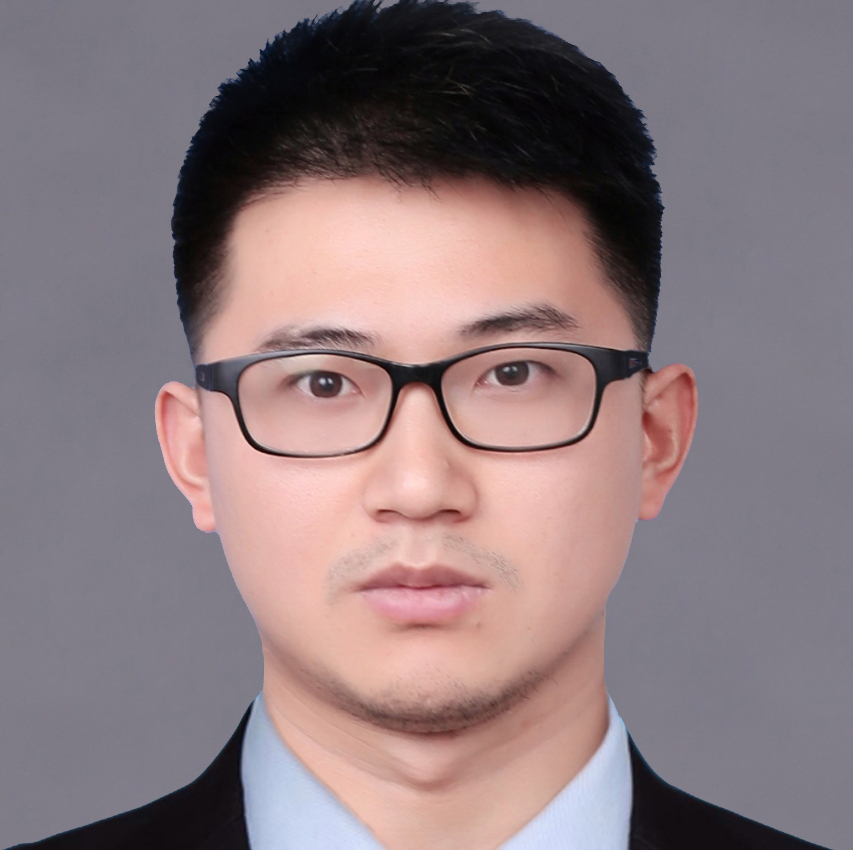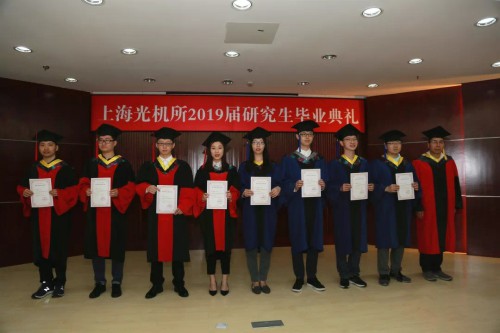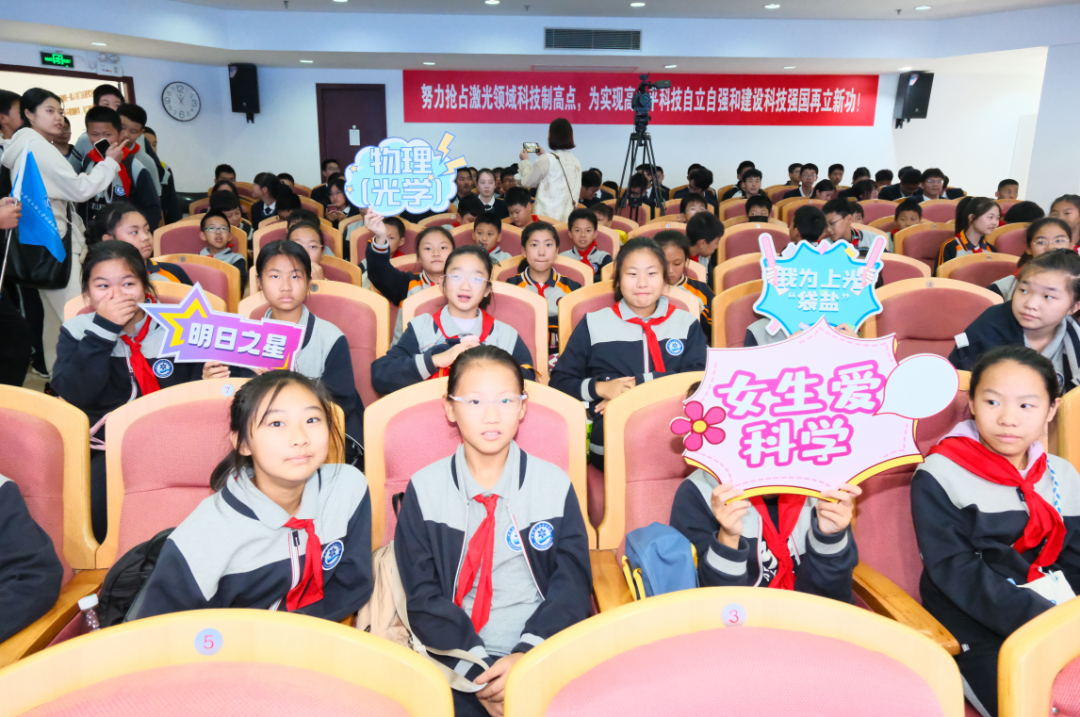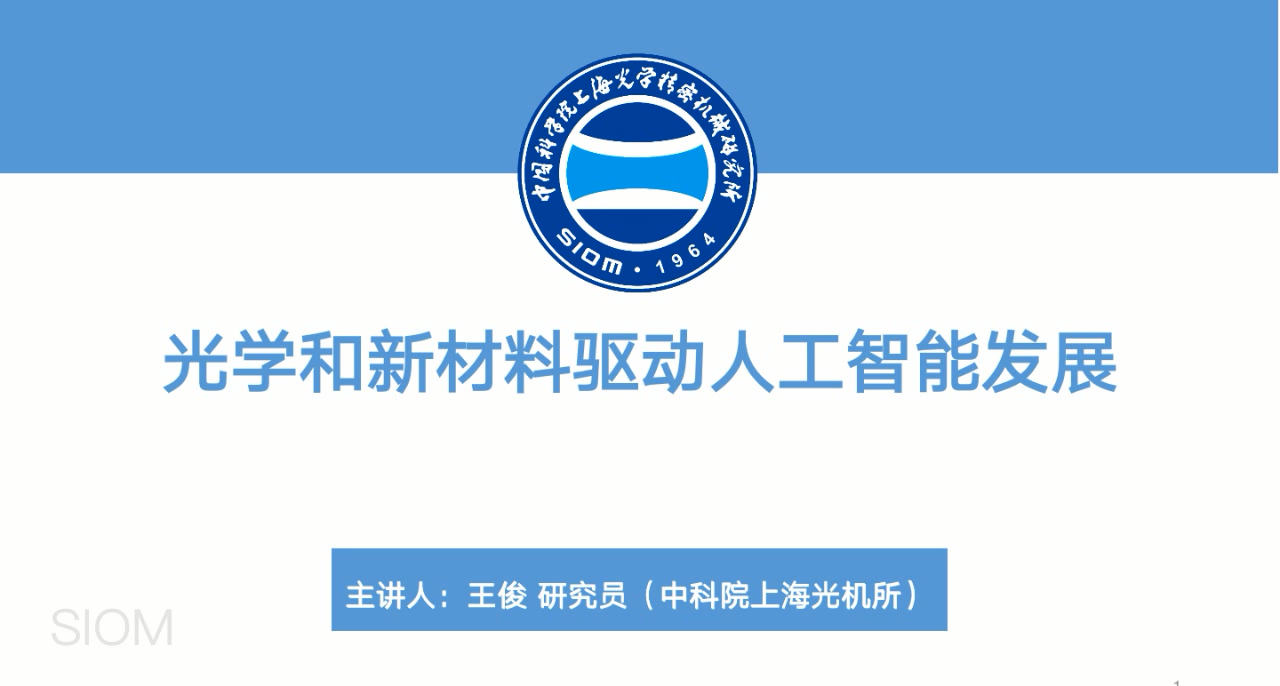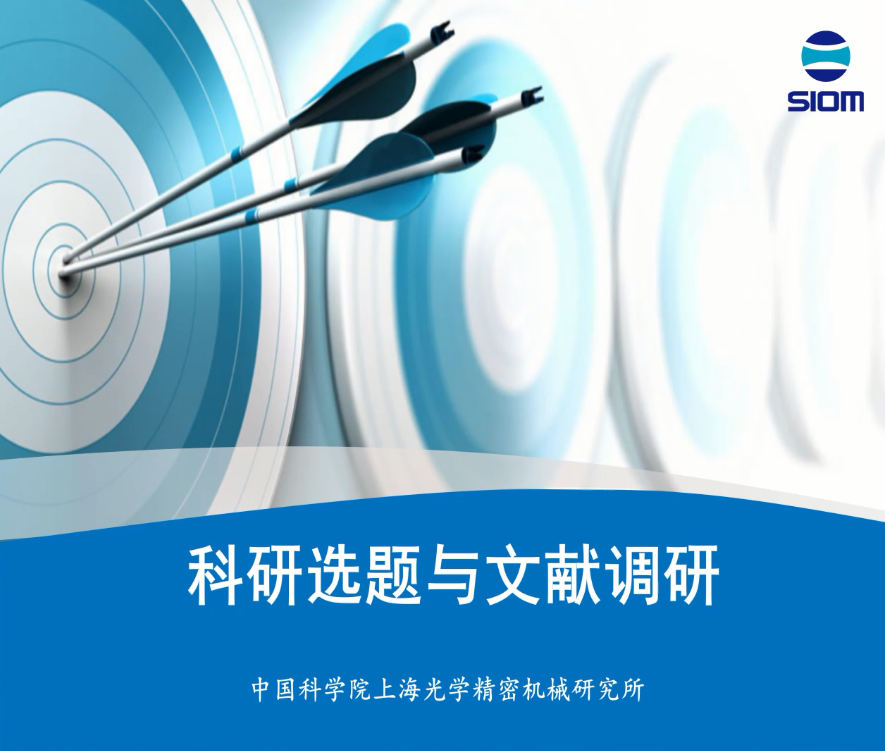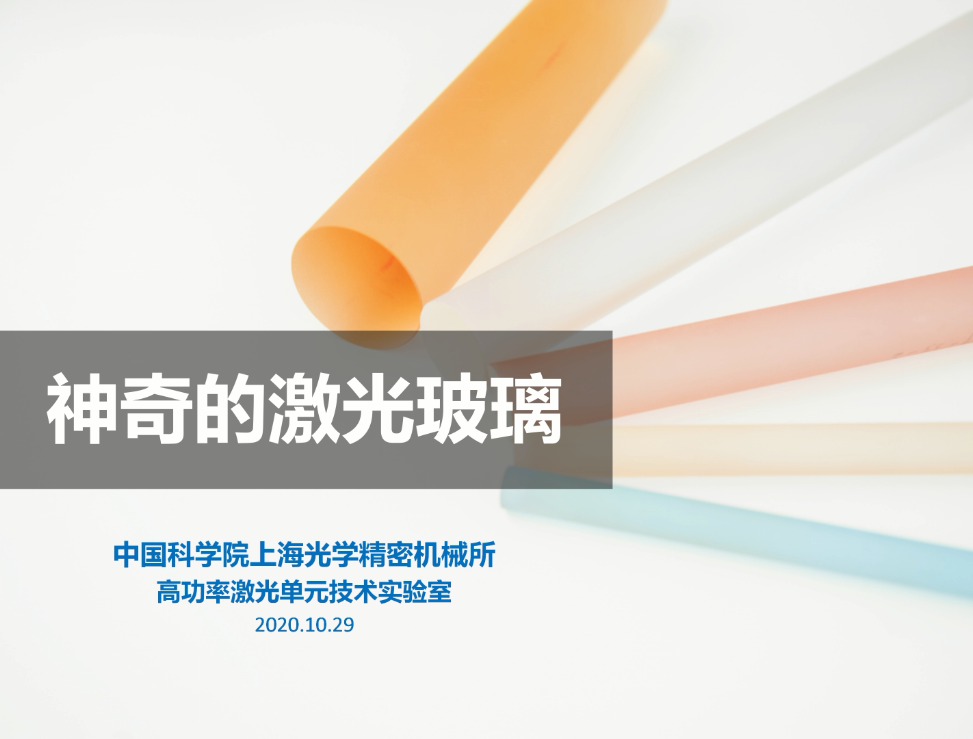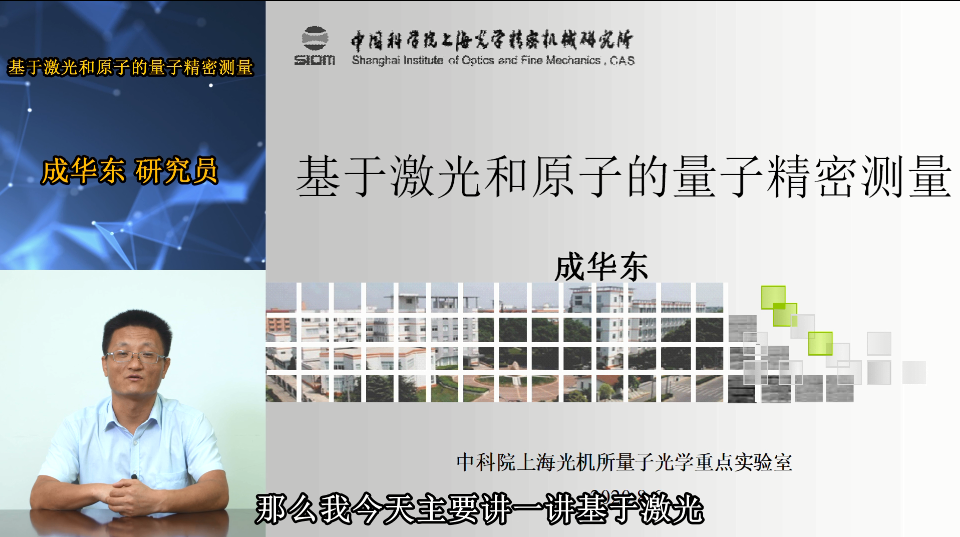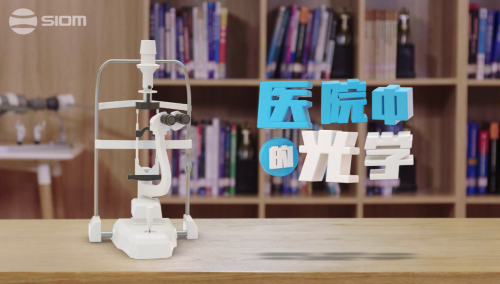题目:Ultrahigh acceleration of plasma blocks by PW-ps laser pulses for fast Ignition
姓名:Heinrich Hora教授
单位:School of Physics, University of New South Wales, Sydney, Australia
时间:2014年4月14日(周一)上午10:00
地点:溢智厅
报告简介:
The phenomenon of ultrahigh acceleration was theoretically predicted and calculated in 1978 ([1] see p. 179), and it was finally observed first 1996 by Sauerbrey [2], and repeated. The acceleration above 1020cm/s2 is 100.000 times higher than ever measured before in a laboratory Repeating was very difficult because a very high contrast ratio (suppression of pre-pulses for avoiding relativistic self focussing) and extremely high quality of plane wave laser fronts were necessary. Ultrahigh acceleration is a unique nonlinear plasma effect and could be completely explained by the nonlinear (ponderomotive) force interaction of laser in plasmas [3] Computations using the genuine two-fluid plasma hydrodynamics resulted in basically new insights of shock generation with ps initiation and shock motions with velocities above 8000 km/s. Application to boron fusion with hydrogen produces less radioactivity than burning coal per generated energy [4].
[1] Hora, H. (1981) Physics of Laser Driven Plasmas New York: John Wiley.
[2] Sauerbrey, R. (1996). Physics of Plasmas 3, 4712-4716
[3] Hora, H., J. Badziak, M.N. Read, Y.T. Li, T.J. Liang, H. Liu, Z.M. Shang, J. Zhang, et al. Physics of Plasmas 14, 072701/1-7.
[4] H. Hora, P. Lalousis and S. Moustaizis, Laser and Particle Beams 32 (2014) online 5 Nov. 2013, DOI: 10.1017/S0263034613000876.
报告人简介:
Heinrich Hora was born in 1931 in Bodenbach/Elbe, South of Dresden, and went to high schools in Aussig/Elbe and Altenburg/Thüringen. After studying Theoretical Physics at the University of Halle/Wittenberg and finishing his PhD (Dr.rer.nat.) at the University of Jena in 1959, he worked in South Germany until 1975. His activities were in several industry research centers (Zeiss, IBM, Westinghouse at Pittsburg PA and Siemens) mostly on problems of solid state physics for transistors and optical detectors including the first publication about diamond growth by physical vapor deposition (IBM patent). Since 1962 he focuses on the theory of lasers and plasmas for fusion energy at the Max-Planck-Institute in Garching near Munich. From 1969-75 he was Adjunct Associate Professor at the Rensselaer Polytechnic Institute in Hartford CN where he founded and was co-director of the international conference series “Laser Interaction and Related Plasma Phenomena” continued since 1997 by a legally established international directorate as “Fusion Science and Applications”. This is the dominant bi-annual meeting in the field e.g. with more than 600 contributions and 600 participants in San Francisco Sept. 2009. In cooperation with the American Nuclear Society the Edward Teller Medal is awarded worldwide.
In 1975 he was appointed Foundation Professor of Theoretical Physics and Head of the Department of Theoretical Physics at the University of New South Wales until 1992 becoming Professor Emeritus for continuing his research also as Adjunct Professor at the University of Western Sydney and PhD thesis supervisor overseas cooperating with IAEA in Vienna/Austria.
Invited by Cambridge University Press, he founded the Journal “Laser and Particle Beams” in 1982, serving as Editor-in-Chief until 1992. He held visiting professorships at the Universities of Rochester NY, Bern, Weitzmann Institute, Iowa, Giessen, Darmstadt and Osaka, as Attaché at CERN 1990-92, and full-time as Konrad-Zuse-Professor of Electrical Engineering in 1993-96 in Regensburg/Germany.
In all, Professor Hora has supervised 23 PhD students, published 9 books as sole author and 2 others as co-author. His department at UNSW, from 1975-1992, achieved outstanding results in publications and honours students (B.Sc. in Theoretical Physics), producing several University Medallists. He founded the Dirac-Fund at the University of New South Wales to commemorate his initiated visit of Paul Dirac to Australasia in 1975.
Professor Hora is still involved in international research projects in association with conferences and other consultancies. His more than 500 publications and 58 granted patents (12 in the USA) received more than 3000 citations.
Among his achievements, Professor Hora lists his discovery of the anomalous vector effect of photoemission, the first theory on the modulation of electron beams by lasers (Schwarz-Hora effect), the correspondence principle for electromagnetic interaction, the derivation of the nonlinear (ponderomotive) force, the first quantum theory of surface tension in metals, the derivation of magic numbers of nuclei from astrophysics and low energy nuclear reaction measurements, and a new laser fusion scheme with block ignition. This was worldwide highlighted as “Fusion Energy without any dangerous Radiation” in 2010.
Professor Hora was awarded a Doctor of Science from the University of New South Wales in 1981. He is a Fellow of the Australian Institute of Physics and of the Institute of Physics (London) and Vice-President of the Royal Scoiety of New South Wales. He received the Ritter von Gerstner Medal, the Edward Teller Medal, the Dirac Medal and the Ernst Mach Medal. He was also awarded the German Sports Gold Medal. His hobbies are: swimming, playing piano and golf. With his wife Rose, dec. 2007, he has 6 children and 16 grandchildren.



